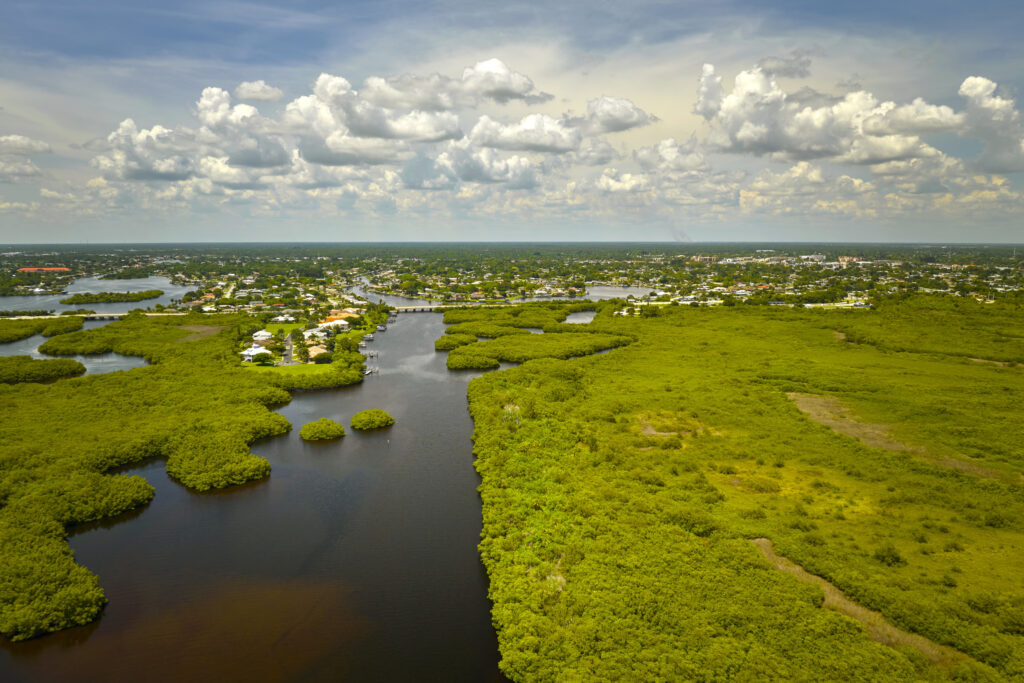A Florida meteorologist has told Newsweek that some marshes and swamps in the Everglades appear to be “drying up” as extreme drought hits the Sunshine state.
WINK News chief meteorologist Matt Devitt voiced his concerns after he shared a series of photos on X, formerly Twitter, that show the extent of the drought.
Newsweek has reached out to the U.S. Drought Monitor by email for comment.
Why It Matters
The concerns come as South Florida emerges from its dry season. Mid-May starts the region’s rainy season, but the Everglades will need more than a typical rainy season to recovery from the impacts of severe and extreme drought.
The most recent U.S. Drought Monitor map shows that nearly the entire state is suffering from abnormally dry conditions. More than 25 percent of the state is facing extreme drought, the second worst drought category, and although milder drought seems to be improving according to recent data, the more severe drought is spreading.
What to Know
As of early May, more than 84 percent of the state was affected by some form of drought. The U.S. Drought Monitor assessment is published every Thursday, with the most recent data showing a 9 percent uptick in extreme drought over the last week. Now, more than a quarter of the state is battling extreme conditions.
In tandem with the dry weather, more than 1,600 wildfires have burned nearly 75,000 acres of land since the start of the year, according to Florida Forest Service wildfire data.
Devitt has posted on social media several times about the drought. On Friday, he shared several photos exhibiting the extent of the drought.
“UPDATE: New pictures showing the extreme drought in Southwest Florida and the Everglades, worst locally in 24 years,” Devitt posted. “Even compared to a typical dry season, we are 6 – 10″ drier than average since Mid-October. Thankfully better rain chances are on the way for the weekend and early next week. It’ll be helpful, but not expected to eliminate the drought.”
In the pictures, an alligator is seen sitting in a largely evaporated pond in southwest Florida, and the parched Everglades are seen from aerial helicopter shots.
AccuWeather senior meteorologist Bob Larson told Newsweek that even for the dry season, the low precipitation has been “highly abnormal” for south Florida. The Everglades will recover from the drought, but it might not be until deeper in the summer after a tropical storm or hurricane saturates the region. The typical rainy season won’t be “enough” to reverse the impacts of the drought.
“That in itself is not going to be enough to get them out of this [extreme] drought,” he said.
What People Are Saying
AccuWeather senior meteorologist Bob Larson told Newsweek: “There is every reason to believe that what they’re saying is true about parts of [the Everglades] drying up.”
A spokesperson from the U.S. Drought Monitor previously told Newsweek: “Spring is typically a drier time of year, especially for the Florida Peninsula. But the past two months have been much drier-than-normal with many areas across central and south Florida receiving less than 50 percent of the normal precipitation.”
What Happens Next?
Some rain could arrive in the region this weekend and provide some short-term relief. The National Weather Service (NWS) Climate Prediction Center projects below-normal rainfall in its six- to 10-day and eight- to 14-day precipitation outlooks.
Read the full article here
